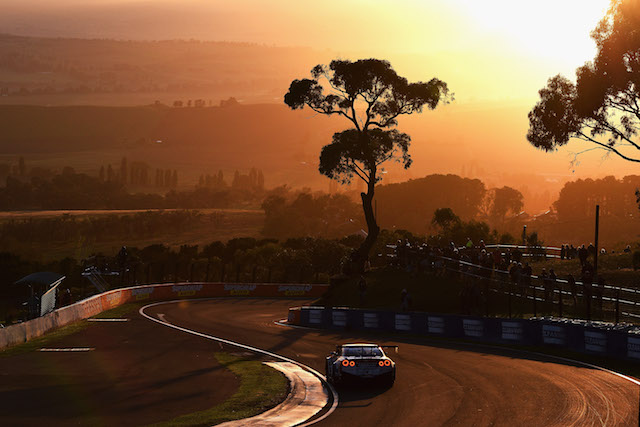
BATHURST, AUSTRALIA - FEBRUARY 07: Rick Kelly drives the #1 Nismo Athlete Global Team Nissan GT-R Nismo GT3 during the Bathurst 12 Hour Race at Mount Panorama on February 7, 2016 in Bathurst, Australia. (Photo by Daniel Kalisz/Getty Images)
An Indigenous group seeking to declare Bathurst’s McPhillamy Park a sacred site has encountered a setback. On September 25, 2025, the Bathurst Regional Council announced that the Wiradyuri Traditional Owners Central West Aboriginal Corporation’s emergency application for protection under the Aboriginal and Torres Strait Islander Heritage Protection (ATSIHP) Act was unsuccessful. This decision means that the land on Mount Panorama will not receive the status the group had sought.
The application aimed to recognize the area as significant due to its cultural heritage. The Wiradyuri group argued that the site holds special importance, particularly since the ashes of a deceased elder were dispersed there in 2022. The council’s refusal to grant this status has sparked disappointment among the Indigenous community, who feel that the cultural significance of the land has not been adequately acknowledged.
Background on Mount Panorama
Mount Panorama is not only known for its cultural heritage but also for hosting the renowned Bathurst 1000 race, a major event in Australia’s motorsport calendar. This dual identity of the site raises questions about the balance between cultural preservation and commercial interests. The Bathurst Regional Council indicated that the decision was based on existing land use and the potential implications of declaring the site sacred.
In recent years, the Wiradyuri group had previously succeeded in blocking the development of a gold mine in the area, indicating their commitment to protecting their cultural heritage. The council’s current stance, however, reflects the complexities involved in land management and heritage protection in Australia.
Implications for Indigenous Rights
The decision not to recognize McPhillamy Park as a sacred site highlights ongoing challenges faced by Indigenous groups in asserting their rights over ancestral lands. Advocates argue that such recognitions are vital for preserving cultural heritage and ensuring that Indigenous voices are heard in land management discussions.
The outcome of this case may influence future claims and the broader conversation regarding Indigenous rights in Australia. As various stakeholders continue to engage in dialogue, the balance between development and cultural heritage remains a contentious issue.
The Wiradyuri Traditional Owners Central West Aboriginal Corporation has expressed intent to further pursue avenues for protecting their cultural heritage. The council’s decision underscores the need for ongoing discussions about land rights and the importance of integrating Indigenous perspectives in local governance.






